This post is all about Kids Room Storage.
Is your child’s room more of a toy explosion than a peaceful space? You’re not alone! The never-ending cycle of toy piles, scattered clothes, and misplaced art supplies can turn any parent into a decluttering machine. This constant chaos isn’t just stressful; it can also create safety hazards and make it nearly impossible to find that one specific Lego piece when you need it most! But there’s hope.
This post is your guide to unlocking the secrets of organized kids room storage, making your life easier and your child’s space more enjoyable. Finding the right kids room storage solutions can be a game-changer, transforming a chaotic space into a functional and inviting environment where your child can play, learn, and thrive. Let’s ditch the overwhelm and dive into some practical and creative strategies!
Best Kids Room Storage Solutions.
1. Before You Buy: Assessing Your Kids Room Storage Needs & Decluttering Like a Pro
Before you even think about browsing the Container Store, the key to truly effective kids room storage lies in understanding what needs to be stored and, most importantly, getting rid of the excess! Skipping this crucial step is like trying to fit an elephant into a shoebox – it just won’t work.
Inventory is Key: The first step is to take a thorough inventory of everything that currently resides in your child’s room. Consider breaking down your search by these common room occupant items;
-
Toys: Sort toys by category – large (ride-ons, playhouses), small (action figures, miniature cars), plush toys, building blocks (Legos, Duplo), puzzles, and games.
-
Books: Picture books, chapter books, board books, workbooks.
-
Clothing: Current season, outgrown items, dress-up clothes, shoes.
-
Art Supplies: Crayons, markers, paint, paper, construction paper, modeling clay.
-
Bedding: Sheets, blankets, comforters, pillows.
-
Other: Unique to your child’s interests (e.g., musical instruments, sports equipment, collections).
Decluttering is Key: The beauty of less is truly displayed when you think about the organization of your kids room storage situation. Fewer items to store = a significant boost to any existing setup.
-
Less Stuff, Less Stress: The more you purge, the less you need to organize, making the entire process less overwhelming. It’s like clearing a path to easier mornings and calmer bedtimes.
-
Finding Items with Ease: Less clutter means items are more readily and easily accessible. You can encourage your child’s independence by allowing them to easily find items from the start.
-
Make It A Game (Age Appropriate): Try to involve your child with age-appropriate instructions in your decluttering process. Donate old stuffed toys and find new homes, your child will feel like a giving person from the get go!
Categorize & Prioritize: Next, organize those items into easily labeled categories! Group similar items together. Toys will be grouped with each other, art supplies too! Determine what your child uses the most, keep these easily accessible and at an arms reach. This can keep play time quick and cleanup easy too!
Measure & Map: Grab your measuring tape! Don’t even think about ordering storage bins without knowing the dimensions of your closet, the space under the bed, or that awkward corner in the room. Before investing in any new kids room storage, make a simple floor plan of the room. Note the dimensions of key storage areas and existing furniture. This helps visualize what will fit and avoid costly mistakes.
2. Conquer Clutter Zone by Zone: Kids Room Storage Ideas for Every Space
Now that you’ve decluttered and assessed your needs, it’s time to get strategic! Different areas of a kids room storage benefit from different storage solutions. Let’s break down some ideas zone by zone:
A. Under-Bed Storage:
Taming the vast expanse beneath the bed is a classic strategy for discreet kids room storage. It’s especially helpful for items that aren’t used every day, like seasonal clothing, extra bedding, or larger toys.
-
Types of Under-Bed Storage:
-
Rolling Drawers: Pre-made drawers on wheels slide easily in and out, perfect for frequently accessed items like toys or blankets.
-
Shallow Bins with Lids: Ideal for storing folded clothes, shoes, or smaller toys. Look for clear bins for easy visibility.
-
Vacuum-Sealed Bags: Best for storing off-season clothing or bulky bedding to maximize space and protect against dust and pests.
-
DIY Options: Repurpose sturdy cardboard boxes, adding wheels and a decorative cover for a budget-friendly solution.
-
-
Considerations: Pay attention to the height of your bed and the clearance underneath. Measure carefully before purchasing any under-bed storage. Also, consider the floor type (carpet vs. hardwood) as it may affect the ease of sliding the storage containers. Regularly check under-bed storage for dust.
B. Closet Organization:
The closet can quickly become a black hole if left unorganized. Effective kids room storage in the closet is key to managing clothing, shoes, and other essentials.
-
Maximize Vertical Space:
-
Adjustable Shelving and Rods: Invest in a closet system with adjustable shelves and rods to accommodate clothing of different lengths and sizes. As your child grows, you can adjust the shelves accordingly.
-
Hanging Organizers: Utilize hanging shoe organizers for storing small toys, craft supplies, or accessories. Sweater organizers can hold folded clothes or out-of-season items.
-
Baskets and Bins: Use baskets and bins on shelves to keep smaller items contained and organized. Label the bins clearly for easy identification.
-
-
Make it Kid-Friendly:
-
Lower Rods & Shelves: Lower the hanging rod (if possible) or add a second rod at a lower height so your child can reach their own clothes.
-
Small Step Stool: Keep a small, sturdy step stool nearby to help your child reach upper shelves or hanging items safely.
-
C. Wall Storage:
Don’t underestimate the power of vertical space! Utilizing walls for kids room storage can free up valuable floor space and keep items off the ground, reducing clutter and creating a more visually appealing room.
-
Shelf Strategies:
-
Floating Shelves: Provide a clean, modern look and are perfect for displaying books, toys, or decorative items. Be sure to mount them securely, especially if storing heavier items.
-
Bookshelves: Choose a bookshelf that is the appropriate size for your child’s room. Consider one with adjustable shelves for maximum flexibility.
-
-
Baskets and Hooks:
-
Wall-Mounted Baskets: Great for storing art supplies, small toys, or even stuffed animals.
-
Pegboards with Hooks: Highly customizable and versatile, pegboards allow you to create a storage system tailored to your specific needs. Use hooks to hang everything from art supplies to backpacks.
-
- Keep things accessible:
º Mount storage shelves within reach, and keep items your child may need within immediate access while setting anything else out of reach to encourage self-dependency.
3. Thinking Outside the Box: Unique and Multifunctional Kids Room Storage
Sometimes the most effective kids room storage solutions are the ones that are a bit unexpected! Embracing multifunctionality and thinking creatively can unlock hidden potential and make your space work even harder.
-
Furniture with Built-in Storage: Investing in furniture pieces that double as storage is a game-changer, particularly in smaller spaces.
-
Beds with Drawers Underneath: A practical solution for storing clothing, toys, or extra bedding. Beds with built-in drawers often come in platform and Captains’ designs, maximizing every inch of space beneath the mattress.
-
Ottomans with Storage Inside: Stylish and functional, storage ottomans provide a hidden space for toys, blankets, or board games while adding seating to the room.
-
Benches with Storage: Ideal for entryways or playrooms, storage benches provide a comfortable place to sit while concealing toys, shoes, or other items. A storage bench can also act as a window seat adding comfort while decluttering.
-
Desks with Storage: Desks with drawers, shelves, or built-in cubbies help keep school supplies and art materials organized and within easy reach.
-
-
Repurposed Items: Get creative by transforming ordinary items into unique and charming storage solutions!
-
Old Suitcases as Toy Storage: Vintage suitcases stacked on a shelf or the floor add a whimsical touch while providing storage for dolls, action figures, or other small toys.
-
Ladder as a Blanket Rack: Lean an old wooden ladder against the wall to create a rustic and decorative blanket rack.
-
Dressers as Toy Stations: An old dresser can be repurposed as a toy station. Give the dresser a fresh coat of paint or keep the original to display items and keep your child’s items away to declutter more.
-
-
DIY Storage Solutions: Don’t be afraid to roll up your sleeves and tackle some DIY storage projects!
-
Easy-to-Build Shelves: Simple wooden shelves can be easily constructed using basic materials and tools. Customize the shelves to fit your specific needs and decorate them with paint, wallpaper, or stencils.
-
Decorating Plain Bins: Add personality to plain plastic bins with paint, fabric scraps, or stickers. Label each bin clearly to ensure everyone knows what goes where.
-
-
Storage That Doubles as Décor: Functional storage doesn’t have to be boring! Choose storage solutions that are also visually appealing and contribute to the overall aesthetic of the room.
-
Baskets as Decorative Elements: Woven baskets in various shapes, sizes, and textures can add warmth and character to a room while providing stylish storage.
-
Color-Coded Storage: Use color-coded bins, baskets, or shelves to create a visually appealing and easy-to-understand storage system. Assign a specific color to each type of item (e.g., blue for toys, green for books, red for art supplies).
-
4. Keeping it Clean: Tips for Maintaining Your Organized Kids Room Storage System
Creating an organized kids room storage setup is just the first step! The real challenge is maintaining that organization over time. Without consistent effort, the clutter monster will inevitably creep back in.
-
Establish a Routine: Making clean-up a regular habit is crucial for long-term success. Designate a specific time each day (e.g., before dinner or bedtime) for tidying up the room. Involve your child in the routine, making it a shared responsibility. This also teaches the benefits of organization while becoming routine with time.
-
Clean Up Checklist: Have an easy checklist for kids to go off of to have the room organized again
-
-
Label Everything: Clear and consistent labels on bins, baskets, shelves, and drawers are essential. Labels help everyone (including kids!) know where things belong and encourage them to put items back in their designated spots.
-
Use Pictures for Younger Children: For children who cannot yet read, use picture labels alongside words to help them identify the contents of each storage container. Print or draw pictures of toys, clothes, or other items and attach them to the bins.
-
-
Teach Your Child to Sort and Put Away: Age-appropriate tasks that children can help with include toys or clothes! Encourage them to get involved to make cleaning a more routine process for themselves.
º Teach children what to put away in different areas to ensure children’s comprehension with cleanup
-
Regular Decluttering: Schedule regular decluttering sessions to purge unwanted or unused items. Set aside time every few months to go through the room and get rid of anything that is no longer needed or used. Involve your child in the decluttering process to teach them about giving back to the community.
-
Set aside a day every few months to give back and declutter, schedule it for your child and yourself and teach them the importance of keeping a clutter-free household!
-
-
Designate a “Home” for Everything: Ensure that every item in the room has a designated “home” – a specific spot where it belongs. This prevents items from ending up in random piles and makes it easier to find them when needed. Explain that every item goes back to its designated area, once that is understood by your child, everything goes smoothly after the fact.
Transforming a chaotic kids’ room into an organized and functional space may seem daunting, but by embracing a strategic approach and implementing clever kids room storage solutions, you can create a room that both you and your child will love. Remember the key principles: declutter first, understand your specific storage needs, choose solutions that maximize every area of the room, get creative with repurposed items, and establish consistent habits to maintain order.
By tackling this step-by-step, you’ll significantly reduce your stress, make finding items far easier, and even foster greater independence in your child.

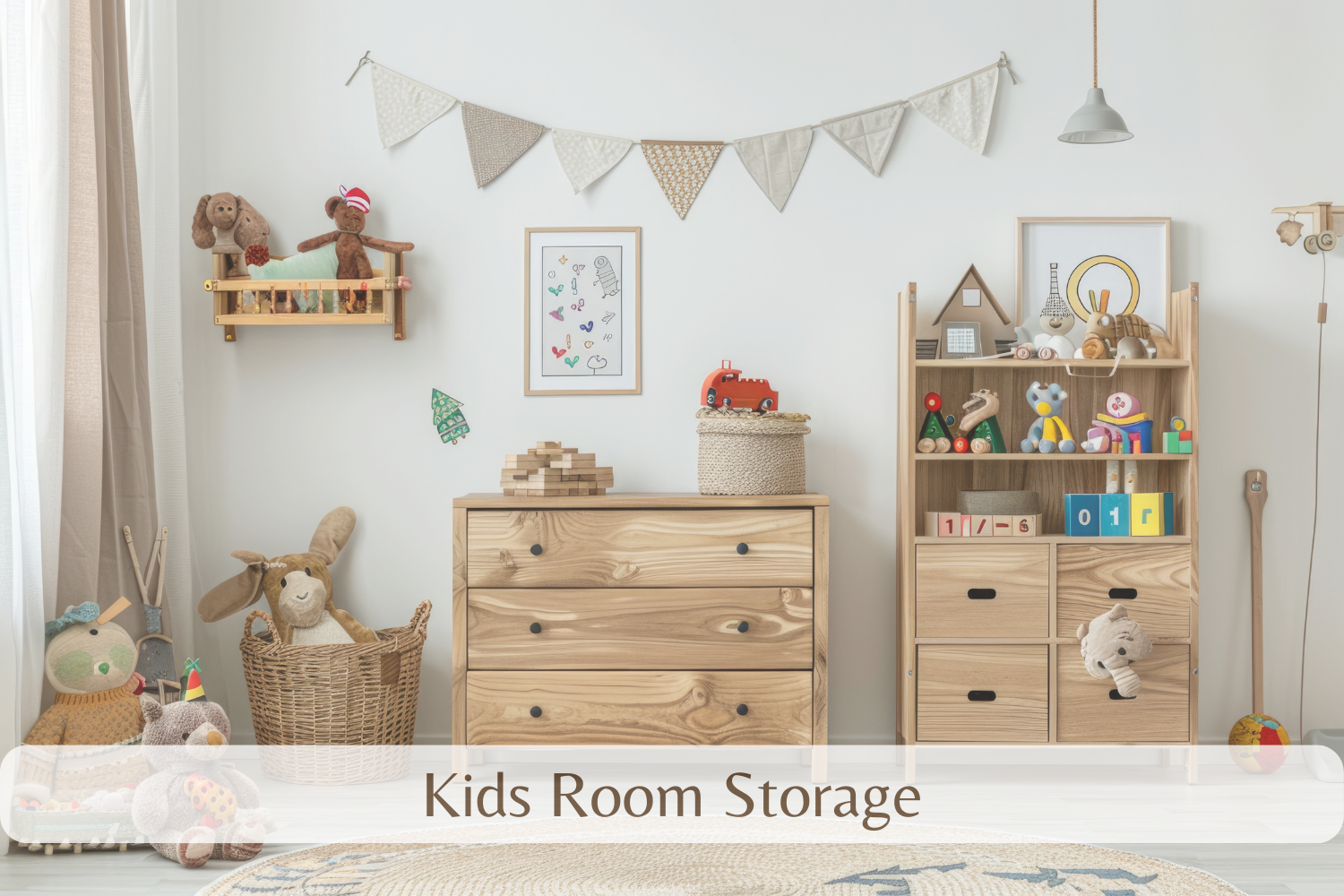
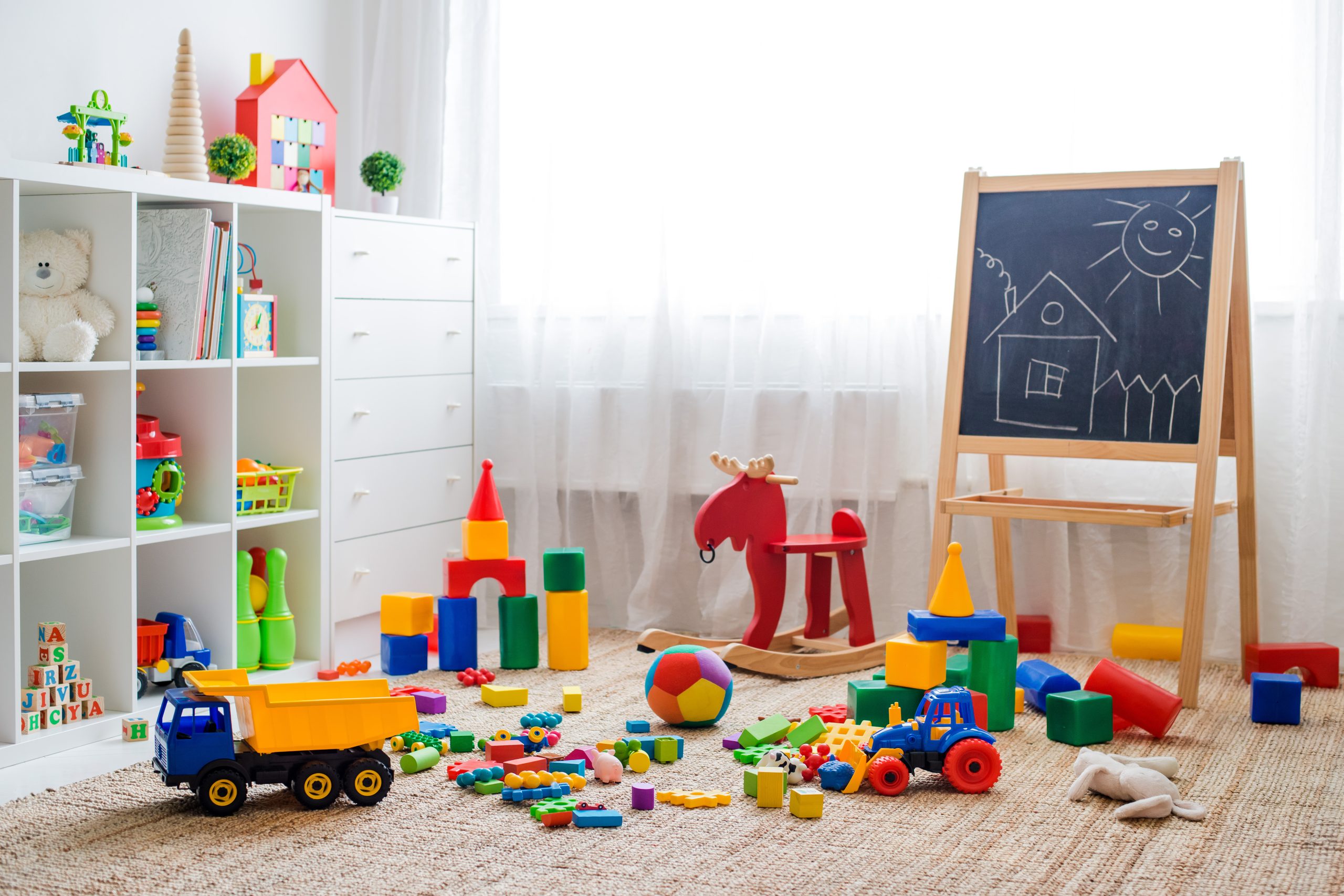
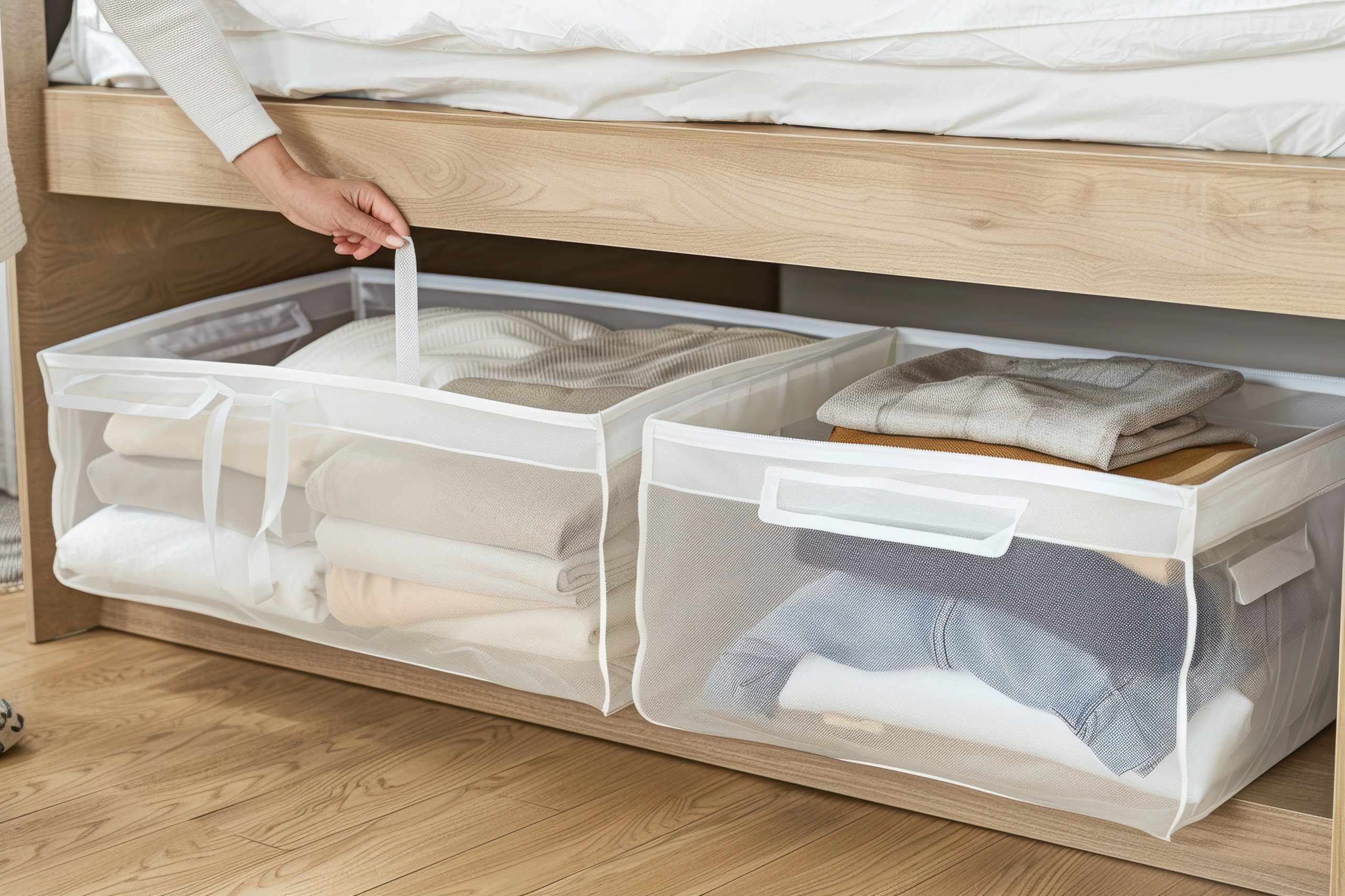
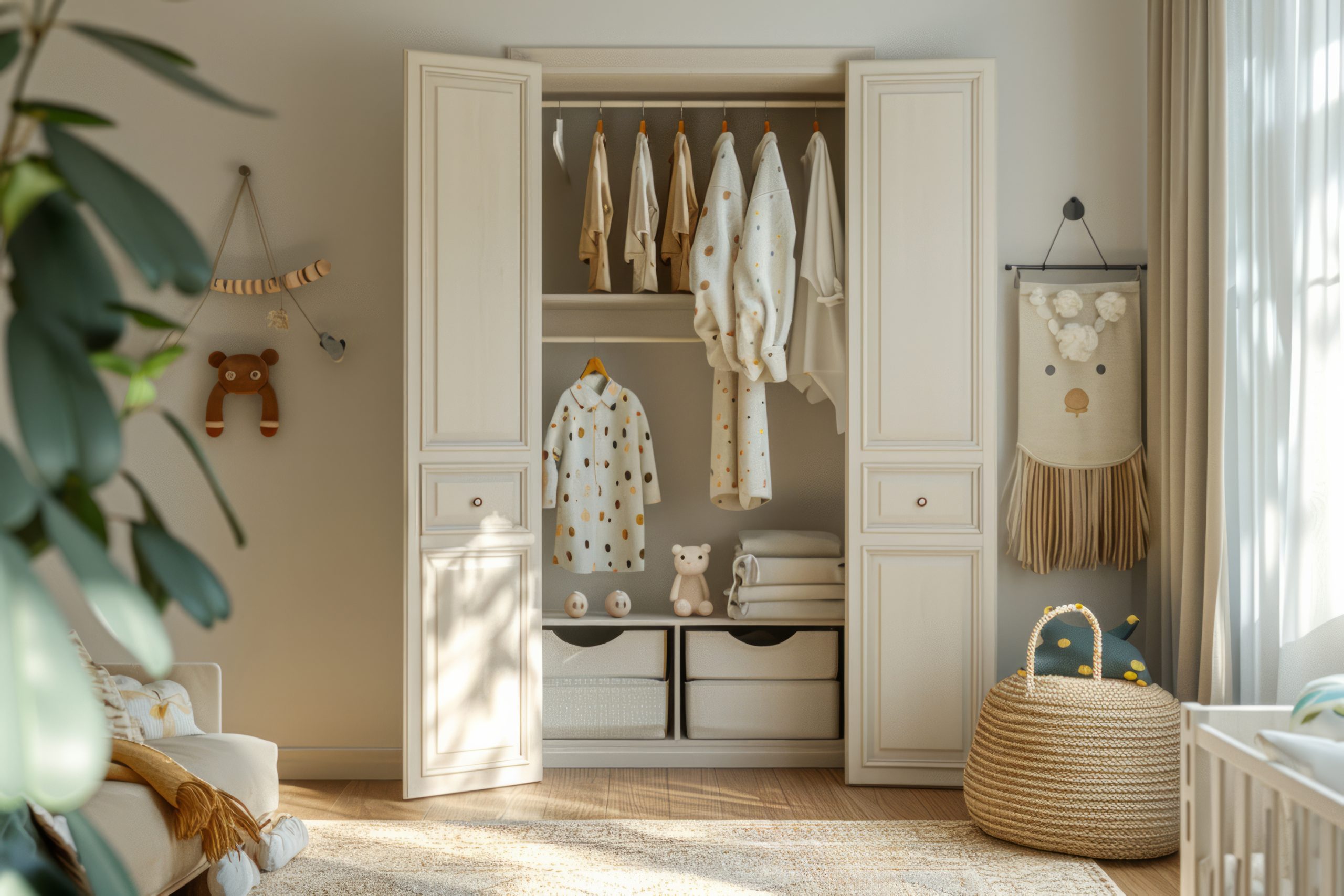
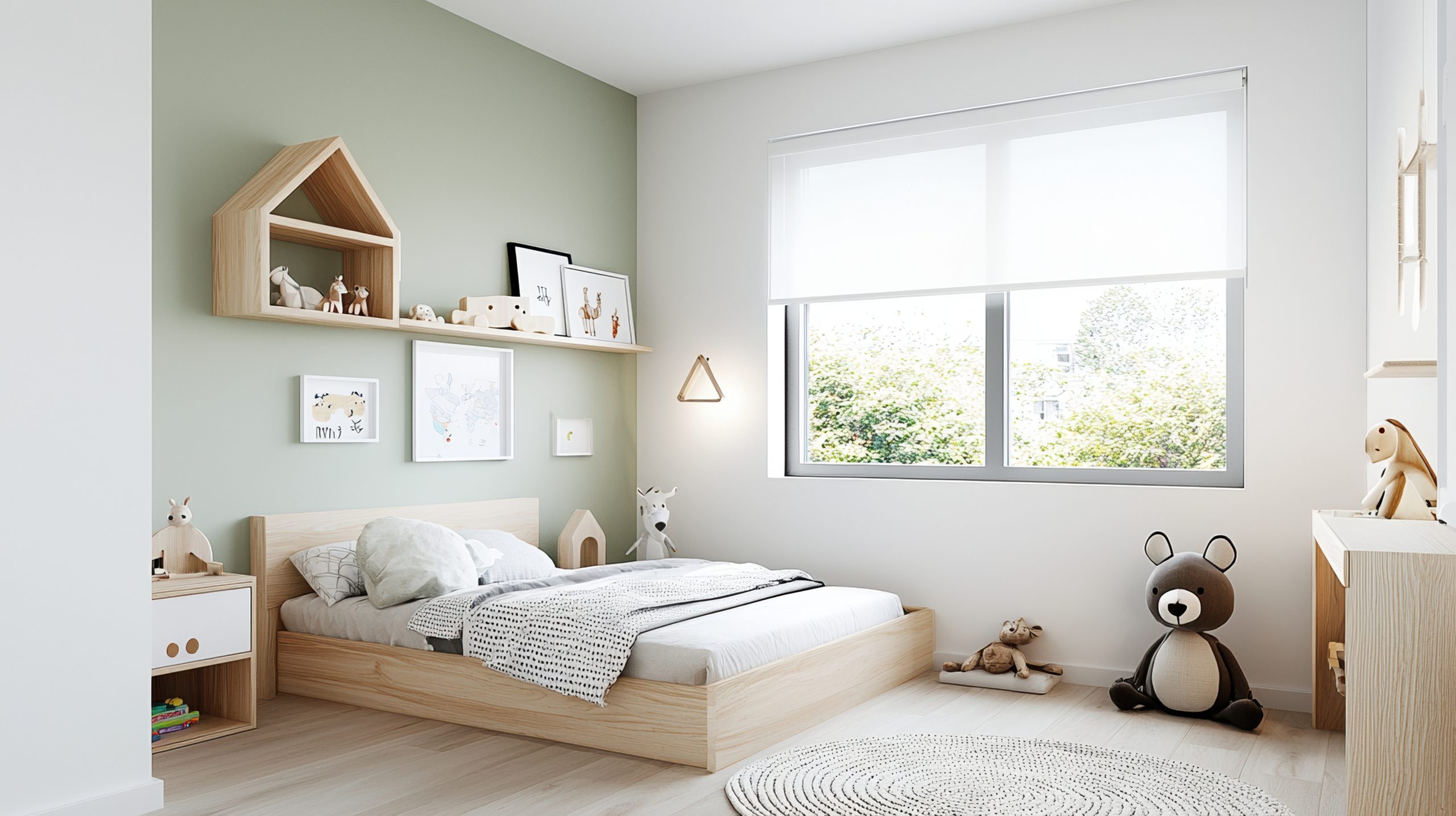
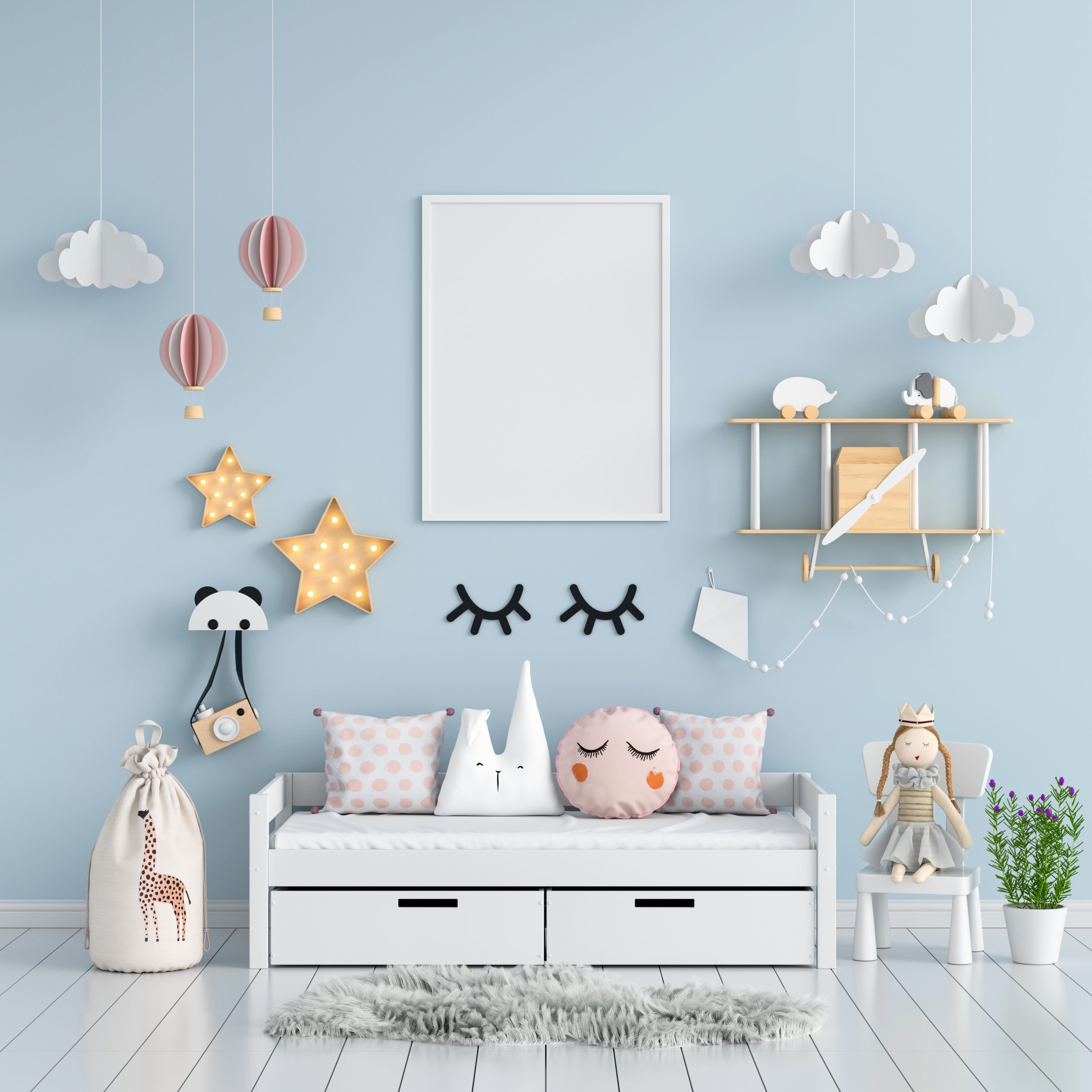
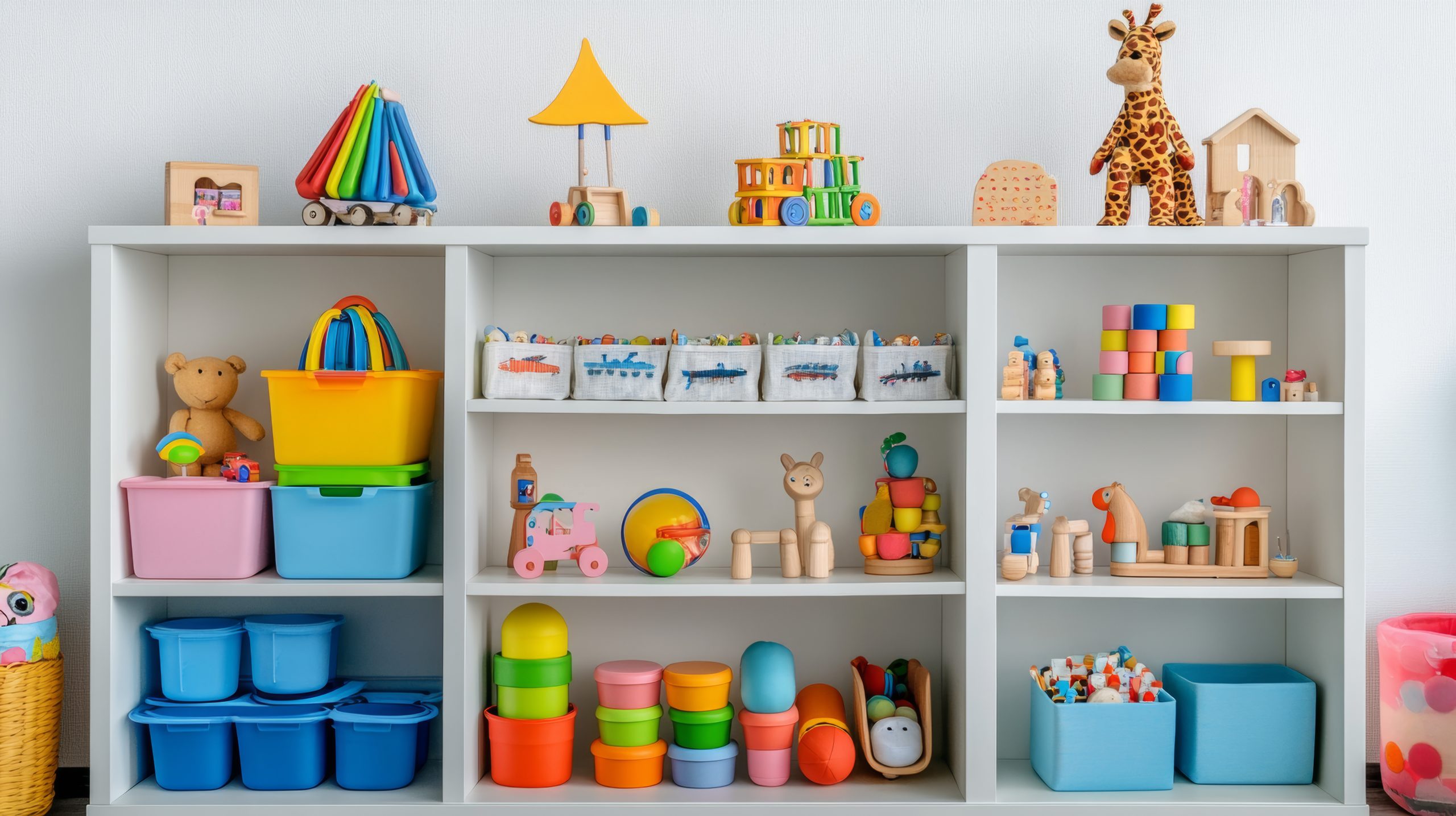
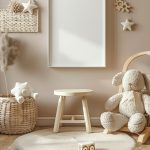








0 Comments